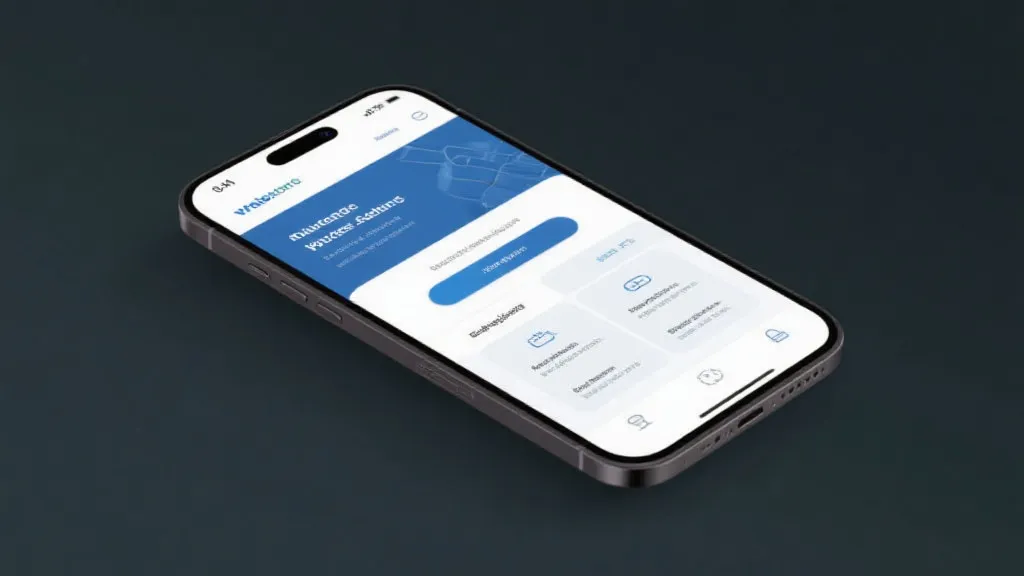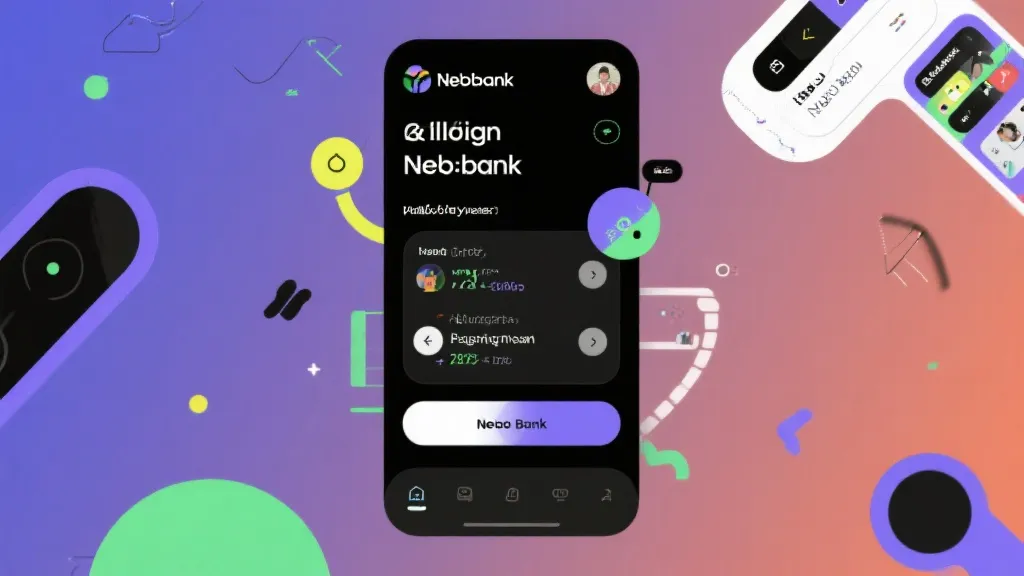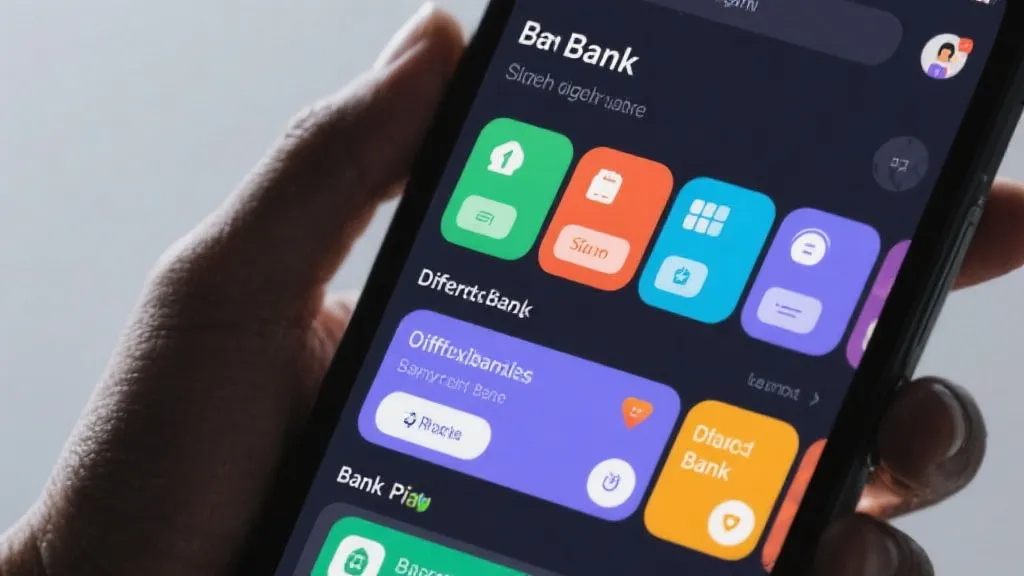This comprehensive guide explores SafeLink Wireless and other notable government-supported phone service providers. As part of the Lifeline and Affordable Connectivity Program (ACP), these services aim to bridge communication gaps for low-income families in the United States by providing subsidized phone services. Learn about eligibility criteria, application processes, and feature comparisons between providers to choose the very suitable option.

The importance of reliable communication cannot be overstated in today's digital age. Access to mobile services is essential not just for staying in touch but for accessing a myriad of services. As such, government-supported phone programs like SafeLink Wireless play a crucial role in ensuring that economically disadvantaged communities have access to these amenities. SafeLink Wireless, alongside other providers, is part of this effort, participating in the Lifeline and Affordable Connectivity Program (ACP), offering subsidized phone services to eligible low-income families in the United States. The increasing reliance on technology for everyday tasks highlights the necessity of these programs to foster connections, bridging gaps in communication that can impact education, healthcare access, job opportunities, and social engagement.
SafeLink Wireless offers a variety of services designed to cater to the communication needs of its participants. These include options for affordable smartphones or the ability to bring-your-own-device, along with unlimited text, calls, and varying data plans depending on the state and the specific plan chosen. While the basic package is cost-affordable, upgrades to premium devices or additional data may incur extra charges. Eligibility for these services revolves around income thresholds or participation in government aid programs like SNAP or Medicaid. For those interested in applying, the process is straightforward, with an online application available on their website, requiring proof of eligibility. This simplicity in application aims to facilitate access for those who may be apprehensive or intimidated by complex processes.
Moreover, SafeLink is an important player in the landscape of digital accessibility. In a context where many essential services, including job applications, healthcare appointments, and educational resources, are increasingly moved online, the role that affordable internet and phone services play is more critical than ever. The need for social connectivity and information access drives the importance of services offered through the Lifeline program and similar initiatives targeted at underserved populations.
Several providers participate in this initiative, each offering unique plans and benefits. Here is a quick comparison of major government-supported phone service providers:
| Provider | Services Included | Additional Costs |
|---|---|---|
| SafeLink Wireless | Affordable smartphone/BYOD, unlimited text, calls, data varies by plan. | Premium devices or additional data may cost extra. |
| Assurance Wireless | Affordable Android smartphone, unlimited talk and text, data allowances. | High-speed data or international calling upgrades. |
| StandUp Wireless | Affordable smartphone/BYOD, unlimited talk and text, data plans. | Premium phone upgrades or extra data fees. |
| Access Wireless | Unlimited voice and text, high-speed data with Lifeline and ACP. | Data boosts and device upgrades cost extra. |
| True Wireless | Affordable government-supported phones, voice, and data plans. | Better device or additional data upgrades incur extra costs. |
Source: [safelinkwireless.com](https://www.safelinkwireless.com), [assurancewireless.com](https://www.assurancewireless.com), [standupwireless.com](https://standupwireless.com), [accesswireless.com](https://www.accesswireless.com), [gotruewireless.com](https://www.gotruewireless.com)
The programs and the varying types of mobile services they offer illustrate a growing acknowledgment of the need for accurate, reliable communication to support basic living needs in today's fast-paced environment. This comparative analysis shows how different providers cater to these needs with various offerings, thus giving participants ample choices according to their personal preferences and requirements.
Eligibility for government-assisted phone programs is typically determined either by income levels in relation to federal poverty guidelines or participation in governmental assistance programs such as Medicaid, SNAP, SSI, and FPHA. Significantly, residing on Tribal lands often provides added benefits. The baseline income thresholds are adjusted periodically, reflecting changes in economic conditions and the rising cost of living that impact low-income families in various states.
The application process is generally conducted online, requiring applicants to submit proof of eligibility, which may include income documentation or proof of participation in specific assistance programs. Applicants can access the application forms directly on the service providers' websites, which guide them through the necessary steps. Traditionally, the feared complexity of bureaucratic processes should not deter applicants as many organizations have streamlined online forms that are user-friendly and provide instant feedback regarding the captured data. Applicants should ideally prepare and gather all required documents beforehand, ensuring no delays occur in completing the application.
To apply, individuals need to provide any relevant personal information such as their Social Security number, or proof of residency, which could be a utility bill or lease agreement. These details serve as a verification point for the providers to assess eligibility effectively. Moreover, being increasingly aware of privacy concerns, applicants can rest assured that most reputable companies practice stringent data privacy and protection measures. Several programs also offer helplines where potential users can seek assistance with the application process or any difficulties they may encounter.
With the evolution of technology, communication accessibility has become a fundamental component of social equity. In environments where a significant number of low-income households lack consistent access to either mobile phone services or broadband internet, the ramifications can be severe. The proliferation of job applications, educational resources, health services, and even social services operating primarily online means that those without such access are increasingly placed at a disadvantage, further perpetuating cycles of poverty.
Research indicates that children and families with access to reliable communication technologies perform better academically and are more engaged with educational resources. Digital tools allow students to complete homework assignments, attend virtual classes, and communicate with teachers or peers through emails and educational platforms. This connectivity is vital in overcoming barriers of accessibility related to school. Families who possess mobile devices and internet access can facilitate educational opportunities beyond the school day, ultimately contributing to higher educational attainment.
Moreover, access to mobile services and data packages allows for critical access to health information. Low-income individuals often rely on their mobile devices to schedule appointments, receive telehealth consultations, and access vital health resources. The lack of connectivity can lead to missing out on essential medical services; hence, the government's role through supported phone services is immensely beneficial.
Additionally, as job opportunities migrate more towards online platforms, having mobile accessibility becomes synonymous with access to employment. Job seekers need a reliable means of communication to interact with potential employers, apply for jobs, and prepare for interviews. Those without connectivity may find themselves excluded from many employment opportunities exacerbating their financial challenges. This can further create a cycle where income inequality compounds into greater systemic challenges that affect both individuals and communities as a whole.
Government-supported phone services such as SafeLink Wireless have been instrumental in facilitating communication avenues for low-income households. Their role extends beyond mere access to a phone and internet, impacting livelihoods by offering greater connectivity to essential services. Stakeholders in these programs continually seek to bridge the digital divide, ensuring equitable access to the modern world's opportunities. With ongoing advancements in technology and shifts in societal communication norms, ensuring that vulnerable populations can participate fully in the economy requires sustained government commitment and support.
Furthermore, as technology continues to evolve with advancements such as 5G networks and the Internet of Things (IoT), government-supported phone programs will need to adapt to ensure that they continue providing meaningful access to these changing services. By evolving with emerging technologies and understanding the socio-economic implications, future initiatives can create sustainable change that uplifts communities, offering them a genuine foothold into the modern economy and ultimately improving their quality of life.
The above information originates from online resources and reflects data as of October 2023. This website offers no guarantee of securing a government-supported phone. For detailed application requirements and processes, please refer to the official provider requirements. This site will not be updated in real time.
Understanding Sme Neobank Impact

Exploring Webbank and Its Competitors

Discover Westminster Plaza Orlando

Discover Heartis Eagle Mountain Elegance

Westminster Plaza Orlando: A Comprehensive Guide

Transforming Banking with Sme Neobank

Discovering Westminster Plaza Orlando

Discovering Westminster Plaza Orlando

Life Insurance for Seniors: Maximizing Coverage and Benefits
